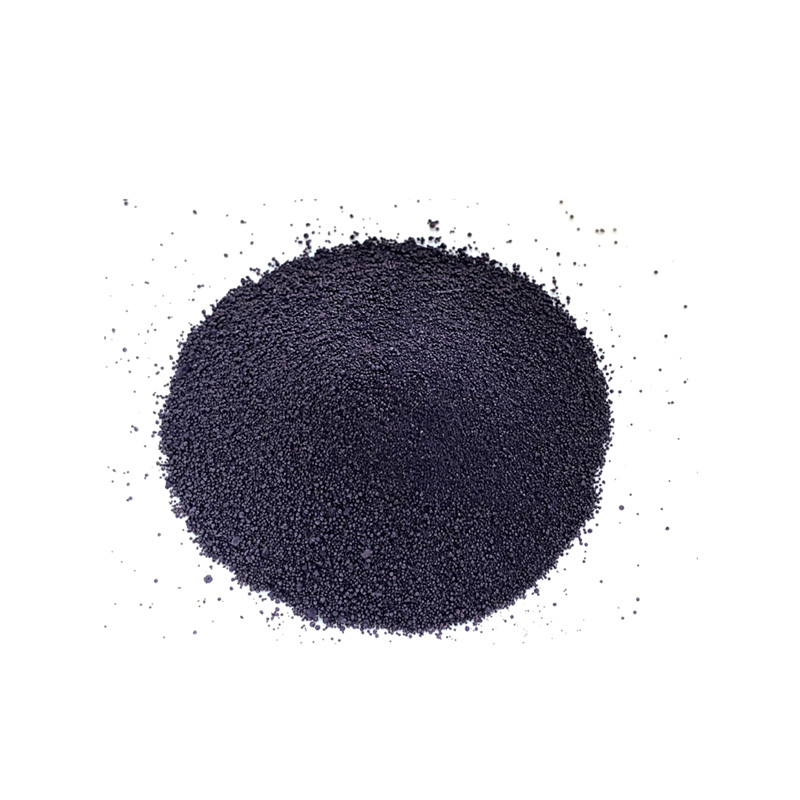Indigo Fabric Company Specializing in Quality Dye Products for Fashion and Home Textiles
Exploring the Charm and Craft of Indigo Dye Fabric
Indigo dye has captivated cultures for centuries, transcending geographical boundaries and weaving its way into the fabric of history, art, and fashion. This ancient dye, derived from the leaves of the Indigofera plant, has held a cherished place in communities around the world, particularly in regions where the plant flourishes. Today, indigo-dyed fabrics are experiencing a renaissance, combining traditional methods with contemporary design aspects, making them a popular choice in the textile industry. In this article, we will explore the allure of indigo dye fabric, the intricate processes involved in its creation, and its significance in modern fashion.
A Historical Perspective
The use of indigo as a dye dates back to antiquity. Evidence suggests that its use originated in Asia, with India being one of the earliest producers of indigo dye, contributing to its rich textile traditions. Over centuries, indigo spread to Africa, the Americas, and Europe, each culture adopting and adapting the dyeing techniques to reflect their unique histories. The deep blue hue associated with indigo dye has significant meanings, often symbolizing wealth, status, and spirituality. In some African cultures, for instance, indigo textiles are considered sacred, used in rituals and ceremonies.
The Indigo Dyeing Process
Creating indigo-dyed fabric is a labor-intensive process that requires skill and patience. The most traditional method involves fermentation, where indigo leaves are soaked in water and fermented to produce a rich aqueous solution. This liquid contains the blood of the indigo leaves, specifically a compound called indican, which, through oxidation, transforms into the coloring agent known as indigo.
The process typically begins with preparing the fabric, which is usually made from natural fibers such as cotton or silk. The fabric must be meticulously washed to remove any impurities, allowing it to absorb the dye effectively. The indigo solution is then used to dip the fabric multiple times, each dip building up the color intensity. As the fabric comes out of the dye bath, it appears green but oxidizes to a deep blue upon exposure to air. This unique transformation is a fascinating aspect of indigo dyeing. The final step involves rinsing and ironing the fabric, and it is during this stage that the true indigo color emerges.
The Comeback of Indigo in Modern Fashion
indigo dye fabric company

In recent years, indigo-dyed fabrics have made a significant comeback in the fashion industry, appreciated for both their aesthetic qualities and sustainability. The shift towards environmentally friendly practices has prompted designers to seek natural dyes, and indigo fits this criterion beautifully. Unlike synthetic dyes, indigo's production processes are less harmful to the environment when managed responsibly.
Furthermore, the versatility of indigo-dyed fabric allows designers to experiment with various patterns and textures. From traditional tie-dye techniques to contemporary block printing, indigo can be blended with other materials or manipulated to create striking designs. Brands and artisans around the world are rediscovering indigo, producing everything from high-fashion garments to everyday wear, while also preserving the ancient techniques that make these fabrics so unique.
The Cultural Significance of Indigo
Beyond its aesthetic and economic value, indigo dye fabric carries deep cultural significance. It often represents a link to heritage, connecting artisans and wearers to their roots and traditions. In many communities, the craft of indigo dyeing is passed down through generations, making it not just a trade, but a legacy. This cultural narrative contributes to the value of indigo-dyed textiles, turning them into pieces of art that tell a story.
As consumers increasingly seek authenticity and sustainability in their purchases, the interest in indigo-dyed fabrics is likely to grow. Brands that employ traditional methods while ensuring fair trade practices resonate strongly with modern shoppers. By supporting indigo fabric companies, consumers can contribute to preserving ancient crafts and empowering artisans worldwide.
Conclusion
The allure of indigo dye fabric lies in its rich history, intricate crafting process, and cultural significance that transcends time. As we embrace sustainability and authenticity in fashion, indigo is poised to maintain its place as a beloved choice among designers and consumers alike. Indulging in indigo-dyed textiles is not just about wearing a beautiful piece of fabric—it's about connecting with history, honoring tradition, and supporting the artisans who keep the craft alive. In every piece lies a story waiting to be unfolded, inviting us to appreciate the artistry behind the deep blue hues that have fascinated humanity for millennia.
-
The Timeless Art of Denim Indigo Dye
NewsJul.01,2025
-
The Rise of Sulfur Dyed Denim
NewsJul.01,2025
-
The Rich Revival of the Best Indigo Dye
NewsJul.01,2025
-
The Enduring Strength of Sulphur Black
NewsJul.01,2025
-
The Ancient Art of Chinese Indigo Dye
NewsJul.01,2025
-
Industry Power of Indigo
NewsJul.01,2025
-
Black Sulfur is Leading the Next Wave
NewsJul.01,2025

Sulphur Black
1.Name: sulphur black; Sulfur Black; Sulphur Black 1;
2.Structure formula:
3.Molecule formula: C6H4N2O5
4.CAS No.: 1326-82-5
5.HS code: 32041911
6.Product specification:Appearance:black phosphorus flakes; black liquid

Bromo Indigo; Vat Bromo-Indigo; C.I.Vat Blue 5
1.Name: Bromo indigo; Vat bromo-indigo; C.I.Vat blue 5;
2.Structure formula:
3.Molecule formula: C16H6Br4N2O2
4.CAS No.: 2475-31-2
5.HS code: 3204151000 6.Major usage and instruction: Be mainly used to dye cotton fabrics.

Indigo Blue Vat Blue
1.Name: indigo blue,vat blue 1,
2.Structure formula:
3.Molecule formula: C16H10N2O2
4.. CAS No.: 482-89-3
5.Molecule weight: 262.62
6.HS code: 3204151000
7.Major usage and instruction: Be mainly used to dye cotton fabrics.

